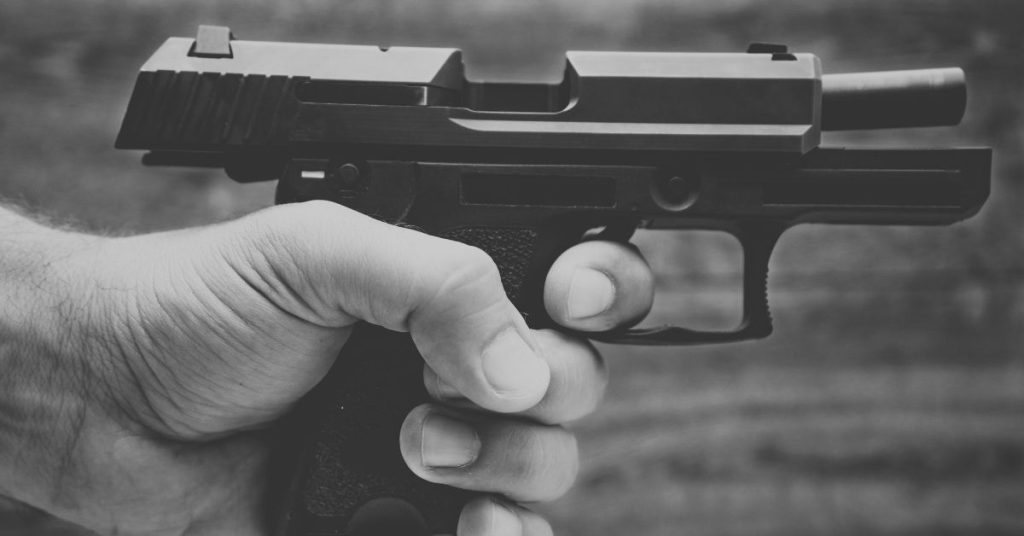Mention dry firing your gun in a room full of shooters and you’ll soon discover they quickly divide into two groups. One that doesn’t believe dry firing does anything other than improve your draw, and by very little at that.
And the other that swears dry fire practice can fix every shooting mistake from trigger control to eye dominance.
Regardless of your position, there’s no reason not to include some level of dry firing into your firearm practice. As long as your gun was made sometime within the last five decades or so and you’re not shooting a .22, dry firing doesn’t hurt your gun.
Let’s repeat that, as long as you have a centerfire gun that was made in the modern world, you’re safe to practice dry fire.
Even if you think dry firing won’t improve your aim at all, it’s still worth practicing. Here are five reasons why.
1. The more you practice, the better your skill
Shooting, like most things in life, is a skill. And to make any skill better, you must practice it. Therefore, the more you practice shooting, the better you become.
And while many objectors may want to pipe in here and say that dry firing isn’t shooting, which is true, there are other skills involved. Things like trigger control. Aim. Follow through. And these things do, in fact, get better with dry fire practice.
2. Dry firing can happen just about anywhere
One of the biggest benefits of dry firing is that you can do it anywhere. In your backyard. Your kitchen. A hotel room. You can do it places you normally couldn’t shoot and you don’t have to worry about the noise bothering your neighbors or making the dogs howls.
Since you can do it anywhere, practice often. Even 10-15 minutes of practice 3-4 days a week shows up at the range after just a few sessions.
3. Recoil doesn’t hide your errors
When you live fire a gun, there’s always a recoil, and if you make a mistake, it becomes easy to blame it on the boom. But when you dry fire, there is no recoil to hide behind.
This allows you to really examine your shot and see where mistakes arise. Where’s your finger on the trigger? Is your grip too lose?
4. Dry firing lets you fix them
Once the recoil disappears and you discover where your mistakes occur, dry firing allows you to fix them. Dry fire practice can help you correct your grip, reduce recoil anticipation, and turn your draw into muscle memory, without costing you a fortune on the range while you hone in the skill.
5. It’s inexpensive
Speaking of costing a fortune, which is what shooting regularly at the range does, dry firing is an inexpensive way to practice handling your firearm.
After the initial low cost of purchasing snap caps (fake bullets that allow your firearm to act as though it’s loaded), dry firing is free. Compare that to the cost of a 100 rounds of .45s for your 1911 and suddenly dry firing seems like the economic alternative.
There’s nothing that can compare to live firing your gun, which should be done on a regular basis to both improve and maintain your skill. But dry firing does have it’s benefits, even if it doesn’t fix the world.

